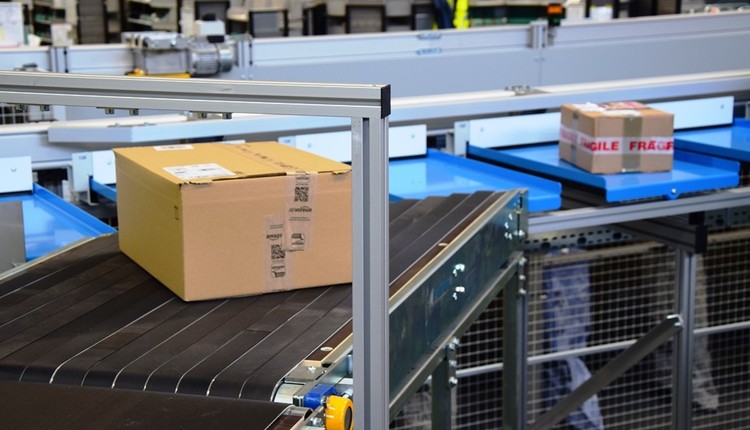Plantation, FL and Bonn, Germany – December 23, 2013: DHL, the world’s leading logistics provider, presented its “Big Data in Logistics” trend report today. Published by the innovation team at DHL Customer Solutions & Innovation, the report focuses on three areas of application for data analysis by logistics companies and other industries: operational efficiency, customer experience and new business models. The report includes concrete examples that could be applied in practice in each of these three areas.
“Big data” is the name given to the huge amounts of information that can be systematically collected from various sources and then analyzed and evaluated with the help of new technologies. The rapid increase in the quantity of available data is primarily the result of automatic generation. Examples include the recording of delivery data or prescriptions in the healthcare sector. Companies and other organizations hope that the evaluation of such data will allow them to recognize relevant trends at an early stage, giving them concrete competitive advantages.
“Big data and logistics fit together perfectly. Logistics companies manage a huge flow of goods and thereby create massive volumes of data. Specific data about millions of deliveries, including destination, size, weight and information about contents, is recorded every day. That data offers huge potential for new business models, among other things. That allows logistics companies to become search engines for users from every conceivable field,” explained Martin Wegner, Vice President Research & Development, DHL Customer Solutions & Innovation.
The aim of the trend report is to identify significant trends using scientific methods as a starting point for innovative, logistics-specific big data concepts in three areas: First, the aim in the field of operational efficiency is the real time optimization of package delivery routes taking into account the order of delivery, the traffic situation and the availability of the recipient. Second, the ability to predict delays in the supply chain, followed by the appropriate logistical service response, allows for an improved customer experience. Finally, big data offers logistics providers ideas for new business models, for example the analysis of correlations between weather conditions, outbreaks of flu and the online purchases of consumers. Such analysis reveals that bad weather leads to increases in the volume of purchases made online. That, in turn, directly affects the volume of packages sent. In such cases, big data models can help companies optimize processes to offer improved customer service.
“Big Data in Logistics” is available for download at www.dhl.com/bigdata. The study was conducted as a part of the Logistics Trend Radar program. DHL’s central innovation department uses the Trend Radar to identify topics that could have a major impact on the future of the logistics industry.
“Big data” is the name given to the huge amounts of information that can be systematically collected from various sources and then analyzed and evaluated with the help of new technologies. The rapid increase in the quantity of available data is primarily the result of automatic generation. Examples include the recording of delivery data or prescriptions in the healthcare sector. Companies and other organizations hope that the evaluation of such data will allow them to recognize relevant trends at an early stage, giving them concrete competitive advantages.
“Big data and logistics fit together perfectly. Logistics companies manage a huge flow of goods and thereby create massive volumes of data. Specific data about millions of deliveries, including destination, size, weight and information about contents, is recorded every day. That data offers huge potential for new business models, among other things. That allows logistics companies to become search engines for users from every conceivable field,” explained Martin Wegner, Vice President Research & Development, DHL Customer Solutions & Innovation.
The aim of the trend report is to identify significant trends using scientific methods as a starting point for innovative, logistics-specific big data concepts in three areas: First, the aim in the field of operational efficiency is the real time optimization of package delivery routes taking into account the order of delivery, the traffic situation and the availability of the recipient. Second, the ability to predict delays in the supply chain, followed by the appropriate logistical service response, allows for an improved customer experience. Finally, big data offers logistics providers ideas for new business models, for example the analysis of correlations between weather conditions, outbreaks of flu and the online purchases of consumers. Such analysis reveals that bad weather leads to increases in the volume of purchases made online. That, in turn, directly affects the volume of packages sent. In such cases, big data models can help companies optimize processes to offer improved customer service.
“Big Data in Logistics” is available for download at www.dhl.com/bigdata. The study was conducted as a part of the Logistics Trend Radar program. DHL’s central innovation department uses the Trend Radar to identify topics that could have a major impact on the future of the logistics industry.



